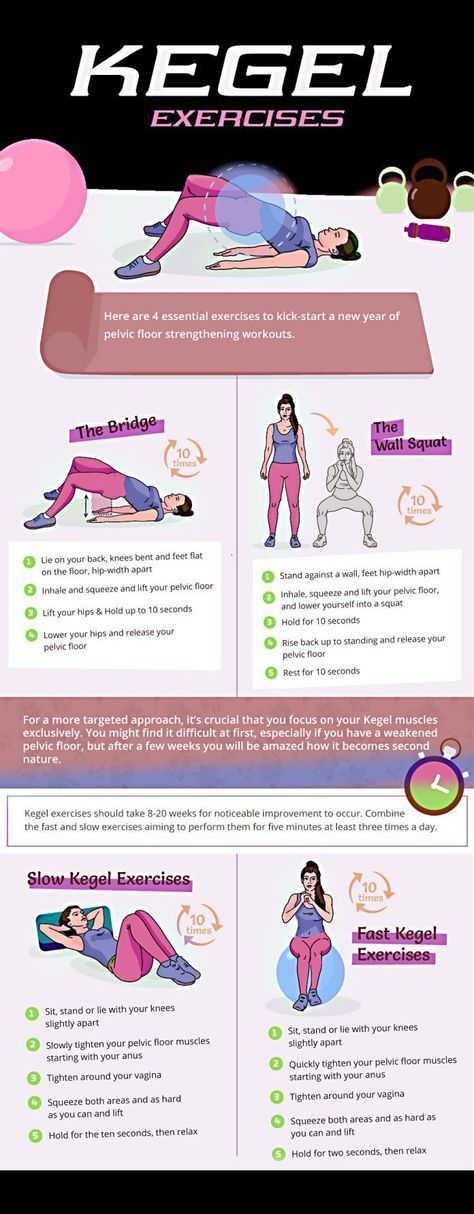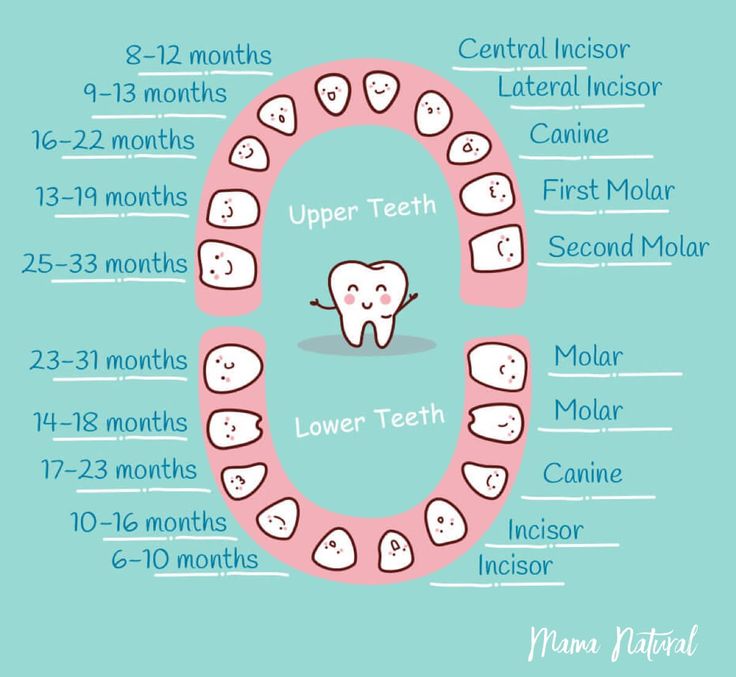Relaxing pelvic floor muscle exercises
5 Ways to Relax Your Pelvic Floor!
By PHRC Admin
Do you ever wonder why it is important to relax your pelvic floor? Even if you know you should, do you find yourself wondering how to do so?
As a pelvic floor physical therapist, I often have patients who wonder what the value is in being able to relax the pelvic floor. In a culture that places most value on exercises that strengthen, it is important to understand why and how relaxation is just as important.
If you are someone who is just interested in building strength, I will speak to that first. In order to have muscles that can generate a good amount of power, it is also important that those muscles have what is called a good “length-tension” relationship. This term means that when muscles sit in too short of a resting state, they are not able to produce effective power. In other words, a tight muscle is not a strong muscle. If your pelvic floor is tight throughout the day and you never allow it to relax, you will not be able to build strength.
If you are someone who is in pain, relaxation is key to your recovery. When muscles are tight and shortened, it decreases the ability for blood and oxygen to get to those areas. This makes both the muscles and nerves in that area unhappy and painful. Another aspect of the body that is affected with tight muscles is the fascia. You can read more about fascia and its role in pelvic pain here. When fascia is tight, it also decreases blood flow and oxygen, contributing to pain. In order to help your pelvic floor muscles be happy and healthy, you need to be able to relax and release.
Now that I have hopefully convinced you that relaxing your pelvic floor is important, the big question is how! Here are five ways you can get started on your journey to relaxation:
- Diaphragmatic Breathing
The importance of breathing and its relationship to the pelvic floor cannot be stated enough. Unlike other muscles in the body, the pelvic floor muscles are directly influenced and impacted by how we breathe. You breathe approximately 20,000 times a day, so it’s a good investment to make sure you are doing it right!
You breathe approximately 20,000 times a day, so it’s a good investment to make sure you are doing it right!
With diaphragmatic breathing, the goal is to expand the diaphragm by breathing into the rib cage and belly. Try walking through these steps:
- Lay on your back with your knees bent so your low back can rest in a neutral position.
- Place your hands on your rib cage and try to expand the ribs into your hands as you breathe in through your nose.
- Breathe out through your nose slowly, making the exhale longer than in the inhale while letting the rib cage and belly softly fall. Repeat 10 times.
This breath is powerful for two reasons. The first is that your diaphragm and pelvic floor like to copy each other. If you are able to successfully expand and drop the diaphragm as you inhale, your pelvic floor will also expand and drop. You may not feel much during this exercise, but if you can visualize the muscles expanding without feelings of tightening or contracting, you are at a good place.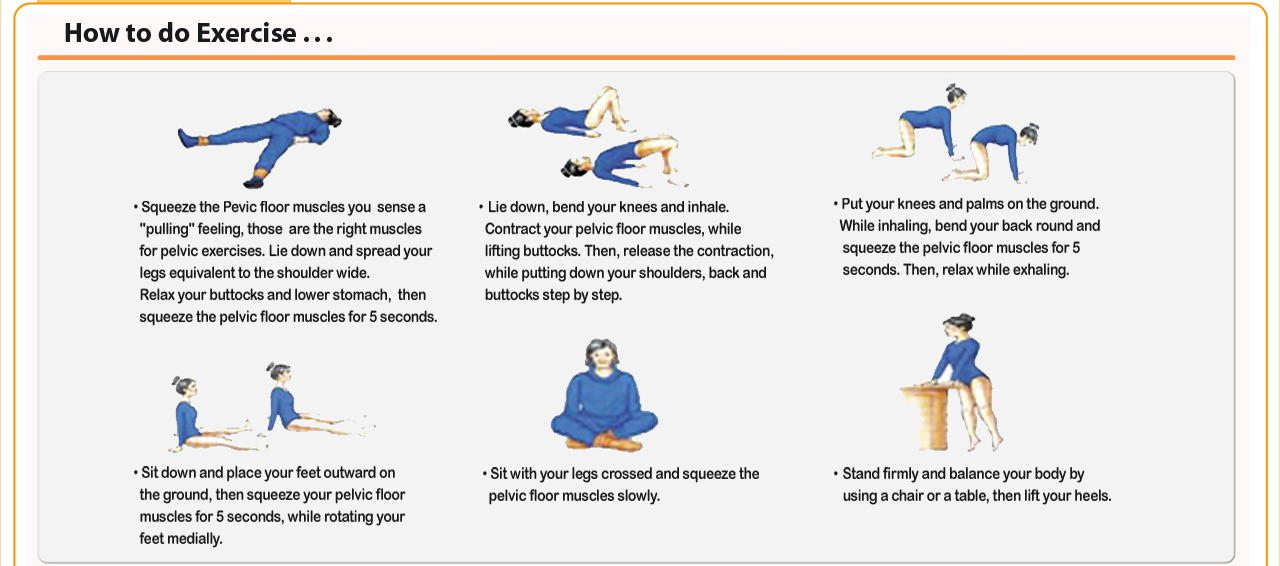
The second reason this breath is powerful is because it helps to regulate your nervous system. You can learn more about the importance of this with muscle pain and tightness here.
- Child’s Pose
Many yoga-inspired poses can help with relaxation of the pelvic floor. One great pose for this is child’s pose:
- Start on hands and knees and bring your feet together while widening your knees.
- Slowly send your hips down to your heels- if they do not touch, place a bolster or pillows underneath to support your hips.
- Walk your arms out long and lower your head onto the floor- place a pillow under your head if you do not make contact with the floor.
- Breathe into the back of your ribcage (diaphragmatic breathing) and imagine your sitz bones (boney ends of the pelvis) separating gently on every inhale.
- Hold for a minimum of 30 seconds while continuously performing diaphragmatic breathing.
 Repeat 1-2x a day.
Repeat 1-2x a day.
During child’s pose, you have a great opportunity to play with visualization of the pelvic floor. As you imagine the sitz bones separating on every inhale, you may begin to develop a sensation of the anus bulging or expanding. This can be a signal that your pelvic floor muscles are relaxing. If you do not feel this right away, try not to get frustrated. Just like any other exercise, this work takes practice and patience.
- Happy Baby
Another great pose for stretching and releasing the pelvic floor, happy baby can feel nice if child’s pose does not feel accessible to you at this time.
- Start on your back and draw your knees into your chest.
- Reach along the inner thighs with your arms to grab each ankle or inner arch of your foot, whichever is accessible for your body.
- Open your feet to the sky while continuing to bend your knees and drive them into your armpits.
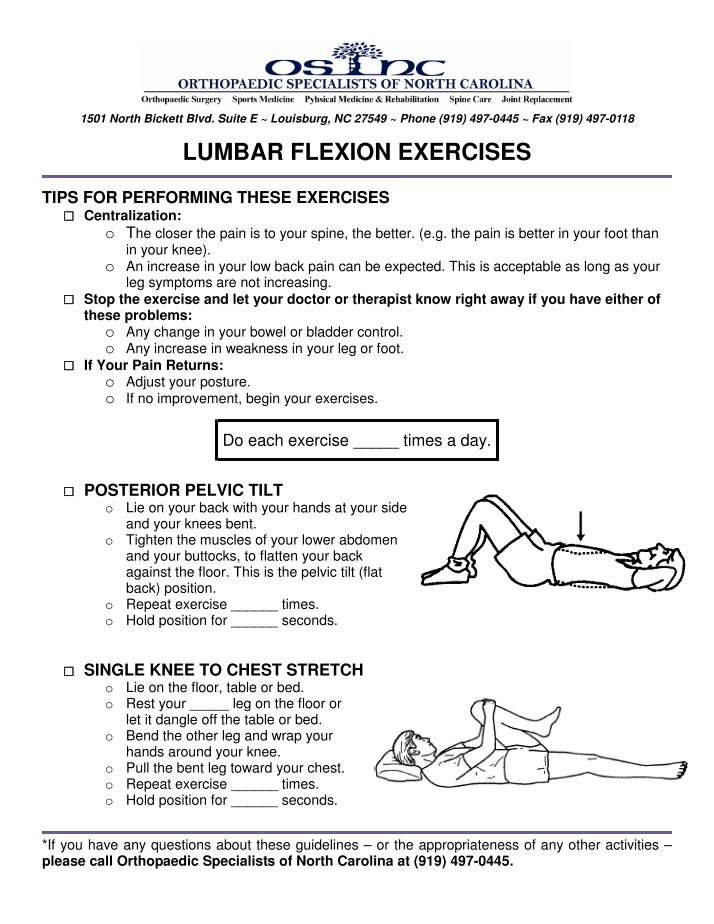
- Breath into your rib cage and belly while imagining the pelvic floor expanding and releasing.
- Hold for at least 30 seconds. Repeat 1-2x a day.
If happy baby does not feel relaxing, play with propping yourself to provide support. This could mean putting a bolster underneath your hips, or even placing your feet on a wall or couch/chair so you do not have to feel like you are straining to keep your legs up. As with any exercise, if this does not feel good on your body, do not force yourself to stay in this pose.
- Yogi Squat
If you would like a pose that you can just drop into in the middle of the day without having to fully get on the ground, yogi squat may be for you. This pose requires more hip, knee, and ankle mobility so it is not appropriate for everyone. If you have discomfort, please modify or try the other poses in this list.
- Start standing with your feet a little wider than hip distance apart and the feet turned out about 45 degrees.
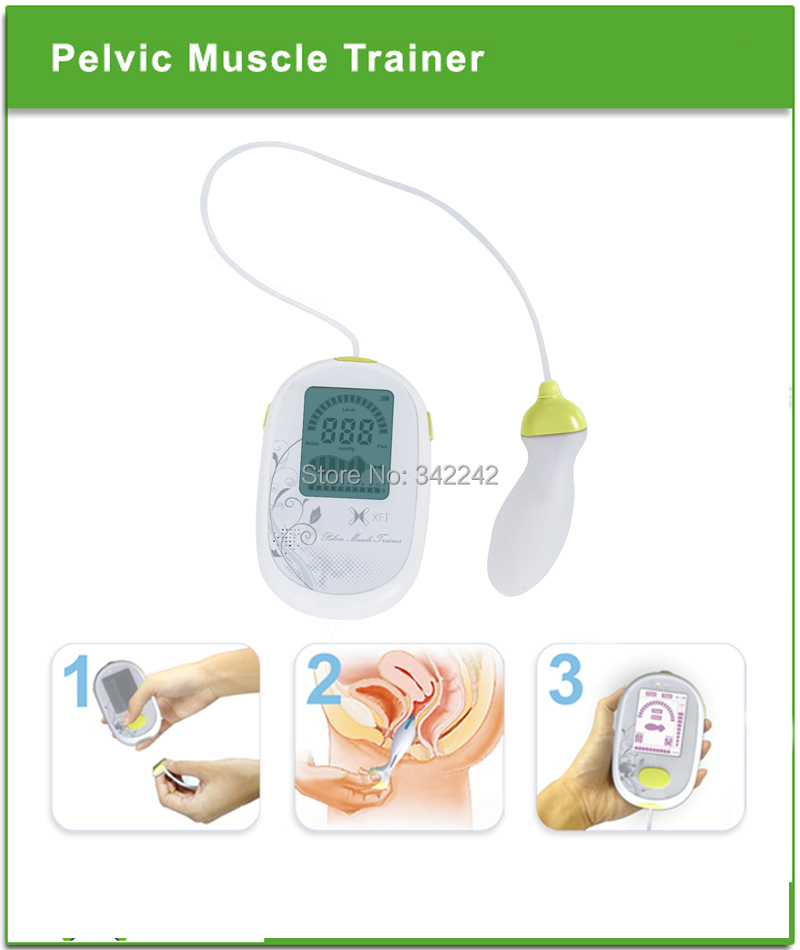
- Slowly bend your knees until you can sit all the way down while keeping your heels down. If your heels cannot stay down, try placing a pillow or half-cut foam roller underneath your heels for support.
- Once you are down, bring your hands together at your chest and use your elbows to gently push the thighs wide, feeling a stretch at the inner thighs.
- Breath into your rib cage and belly, and visualize the pelvic floor dropping and expanding with every inhale.
- You may do this against a wall to support your back, or even sit on a bolster or yoga block to let your body release into the pose without tensing.
- Hold for at least 30 seconds. Repeat 1-2x a day.
Yogi squat is excellent for overall mobility of the lower extremity joints as well as the back and the pelvic floor. If this pose is available to you, dropping into it a few times through the work day can help keep tightness from building up throughout the day.
- Sphinx Pose
One area that is important to release when dealing with pelvic floor tightness is the abdominals.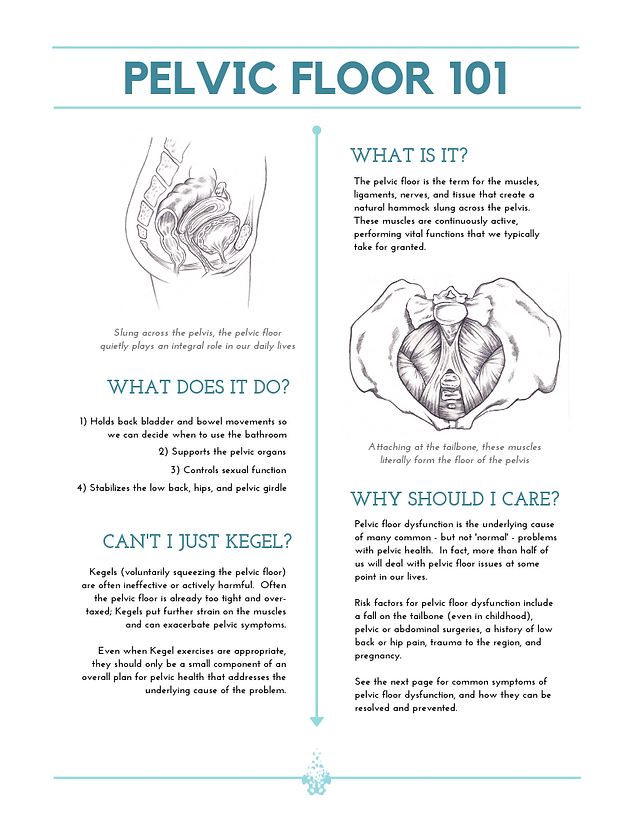 The abdomen is directly linked with the pelvic floor and often when one area is tight it influences the other. Trying a gentle abdomen stretch with spinal extension, such as sphinx pose, can be beneficial in finding full release.
The abdomen is directly linked with the pelvic floor and often when one area is tight it influences the other. Trying a gentle abdomen stretch with spinal extension, such as sphinx pose, can be beneficial in finding full release.
- Lay on your stomach with your elbows bent right underneath your shoulders.
- Feel a gentle lift in the chest with the collarbone wide while keeping your hips grounded to the earth.
- Feel the soft stretch at the abdomen and notice if you are gripping your butt muscles.
- If there is any tension, wiggle your hips or your torso to shake it off.
- Return to your diaphragmatic breathing and notice any sensations of dropping or release the pelvic floor.
- Hold for at least 30 seconds and repeat 1-2x a day.
Pay attention to how your spine feels in the posture. Some people may not tolerate extension at the spine in which case the recommendation is to skip this pose. If you feel your gluteal muscles tightening and you are unable to get them to relax, just try squeezing and releasing those muscles for a few rounds before connecting it to the pelvic floor.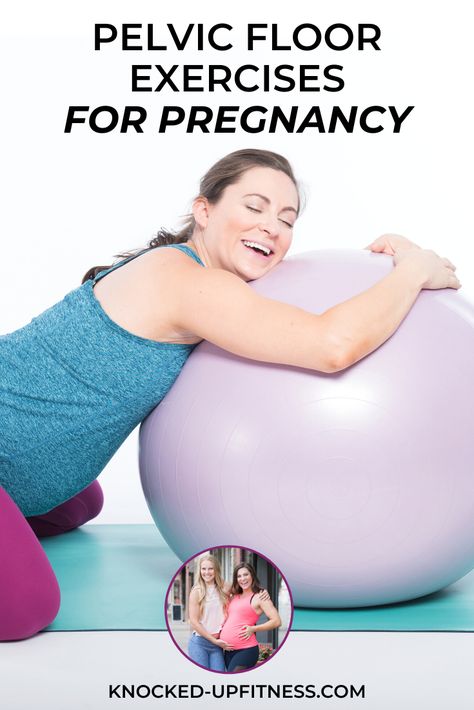
As with any generalized exercise program, some of these exercises may not be appropriate for every individual. We all have unique bodies with their own stories. It is important you listen to your body’s boundaries and respect limitations rather than try to push through them. This is deep, mindful work that requires truly connecting and engaging with your body’s intuition of what feels right.
If you are a visual and kinesthetic learner, I have also created a video that goes over each of the exercises so you can follow along! If you are still interested in learning more about what is right for your individual body and want more feedback, please consider booking a virtual appointment with me. I am now offering one-on-one movement sessions to help you create a movement program that is right for you. These sessions can also serve as a guide to help you return to movement classes you might be interested in, such as yoga or pilates.
Lastly, if you are still unsure what you are doing is correct or are not experiencing any form of relief, please consider booking an appointment with one of our therapists at these locations. Nothing can replace the physical exam a professional pelvic floor therapist can perform to provide more answers and solutions for your pain. You are not alone and we are here to help.
______________________________________________________________________________________________________________________________________
Are you unable to come see us in person? We offer virtual physical therapy appointments too!
Due to COVID-19, we understand people may prefer to utilize our services from their homes. We also understand that many people do not have access to pelvic floor physical therapy and we are here to help! The Pelvic Health and Rehabilitation Center is a multi-city company of highly trained and specialized pelvic floor physical therapists committed to helping people optimize their pelvic health and eliminate pelvic pain and dysfunction. We are here for you and ready to help, whether it is in-person or online.
We are here for you and ready to help, whether it is in-person or online.
Virtual sessions are available with PHRC pelvic floor physical therapists via our video platform, Zoom, or via phone. For more information and to schedule, please visit our digital healthcare page.
In addition to virtual consultation with our physical therapists, we also offer integrative health services with Jandra Mueller, DPT, MS. Jandra is a pelvic floor physical therapist who also has her Master’s degree in Integrative Health and Nutrition. She offers services such as hormone testing via the DUTCH test, comprehensive stool testing for gastrointestinal health concerns, and integrative health coaching and meal planning. For more information about her services and to schedule, please visit our Integrative Health website page.
PHRC is also offering individualized movement sessions, hosted by Karah Charette, DPT. Karah is a pelvic floor physical therapist at the Berkeley and San Francisco locations. She is certified in classical mat and reformer Pilates, as well as a registered 200 hour Ashtanga Vinyasa yoga teacher. There are 30 min and 60 min sessions options where you can: (1) Consult on what type of Pilates or yoga class would be appropriate to participate in (2) Review ways to modify poses to fit your individual needs and (3) Create a synthesis of your home exercise program into a movement flow. To schedule a 1-on-1 appointment call us at (510) 922-9836
She is certified in classical mat and reformer Pilates, as well as a registered 200 hour Ashtanga Vinyasa yoga teacher. There are 30 min and 60 min sessions options where you can: (1) Consult on what type of Pilates or yoga class would be appropriate to participate in (2) Review ways to modify poses to fit your individual needs and (3) Create a synthesis of your home exercise program into a movement flow. To schedule a 1-on-1 appointment call us at (510) 922-9836
Do you enjoy or blog and want more content from PHRC? Please head over to social media!
Like us on Facebook,
Subscribe to our YouTube Channel,
and follow us on Twitter, Instagram and Pinterest!
10 Physiotherapy Techniques that Relieve Pelvic Floor Muscle Tension
10 treatment techniques that relieve pelvic floor muscle tension
- Physical Therapist pelvic floor relaxation video
- Exercises and activities to avoid with pelvic floor spasm
- About pelvic floor muscle tension
- What causes pelvic floor muscle tension
- Typical signs and symptoms of pelvic floor spasm
- Where to access professional treatment
Treatment Techniques for Relieving Pelvic Floor Muscle Tension
Pelvic floor muscle tension is also known as pelvic floor spasm.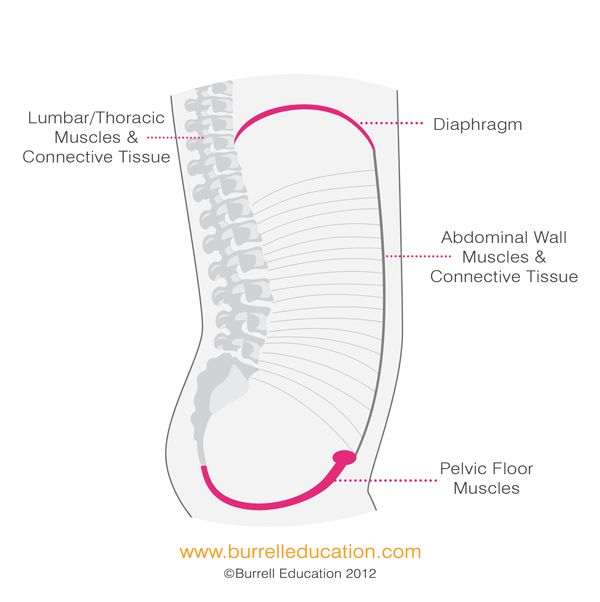 Treatment techniques including home management strategies are outlined below.
Treatment techniques including home management strategies are outlined below.
1. Pelvic Floor Relaxation
Start by watching this pelvic floor relaxation video then read on below.
Physical Therapist Pelvic Floor Relaxation Video
Daily pelvic floor relaxation practice is imprtant for relaxing tight, painful pelvic floor muscles. Pelvic floor relaxation exercises can provide immediate relief from pain and spasm.
Pelvic Pain and Pelvic Floor Relaxation Training (Download)
Pelvic Floor Physiotherapist guided pelvic pain and pelvic floor relaxation training audio.
Learn how to relax your pelvic floor muscles, manage and treat chronic pelvic pain in the privacy of your home.
2. Lying Down
Lying down with a pillow under your knees or lying on your side with a pillow between your legs will relieve the weight of your abdomen off your pelvic floor. When you are upright, your pelvic floor is under load.
Take the load off your pelvic floor to reduce pelvic discomfort by avoiding prolonged standing or sitting.
Unloading your pelvic floor muscles can give you immediate pain relief especially when combined with a warm pack
3. Applying Heat
Immediate pain relief is often by applying a warm pack over the pelvic floor. Research has demonstrated that heat treatment can relieve pelvic floor pain1.
Mild heat applied over the outer pelvic floor may also relax pelvic floor muscles. Use a warm pack or mild heating pad over the pelvic floor (outside your briefs). The warm pack can be applied for 15 to 20 minutes at a time. The best position to apply the warm pack is lying down with a pillow under both knees.
The pelvic floor muscle relaxation methods outlined in this Down Training Routine (next) can provide immediate relief when combined with a warm pack.
Pelvic Floor Down Training Relaxation Routine
This pelvic floor muscle relaxation method known as Down Training2 helps the pelvic floor muscles to relax and release.
Relaxation
Lay down with a pillow under both knees for 20-30 minutes daily to relax the pelvic floor muscles. Positioning a warm pack over the pubic area or lower abdomen can assist pelvic floor relaxation.
Positioning a warm pack over the pubic area or lower abdomen can assist pelvic floor relaxation.
Diaphragmatic Breathing
Diaphragmatic breathing involves slow and deep breathing into the belly. Slow diaphragmatic breathing (like yoga breathing) is very important for relaxing the pelvic floor muscles.
Visualization
Imagine or picture in your mind’s eye your pelvic floor muscles relaxing and a sensation of warmth in the pelvic floor region.
Perineal Bulging
Gentle pelvic floor bulging is taught by Pelvic Floor Physiotherapists. Bearing down too strongly can actually increase spasm so this must be done gently.
Relaxing Environment
Choosing a relaxed environment can assist overall whole body relaxation for example soft music and surrounding warmth or a light cover over the body.
Whole Body Relaxation
Whole body relaxation is often used in conjunction with pelvic floor relaxation. This process may involve progressive relaxation of the different muscles of the body from the face and neck through to the feet
Body Scanning
Whole body scanning for areas of increased muscle tension is part of learning the process of pelvic floor muscle relaxation.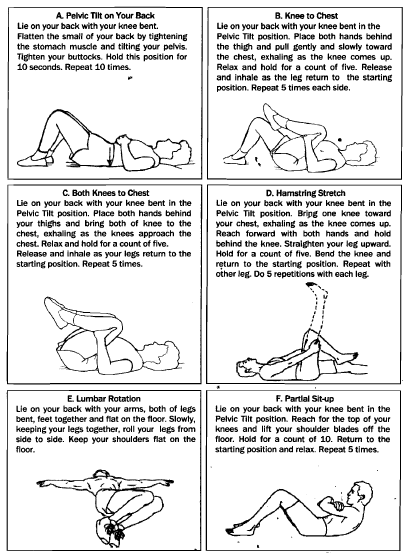
4. Vaginal Dilator Therapy
Vaginal dilator therapy is often used in the clinic and by women at home to treat pelvic floor muscle tension.
Vaginal dilators (shown right) are used inside the vagina to improve the comfort with the feeling of vaginal penetration and to train pelvic floor relaxation with penetration.
Vaginal dilators are also used by women following radiation therapy and following some forms of pelvic surgery such as hysterectomy where the vaginal tissues have become inelastic and require gentle stretching for the woman to resume sexual activity with comfort.
Sometimes the length of the vagina can become shortened during hysterectomy surgery and in these cases vaginal dilators can assist with gentle elongation of the vaginal tissues.
Vaginal dilators should be used with non toxic lubricants for pelvic floor health.
5. Stress Reduction and Cognitive Behavioural Therapy
Living with chronic pain can be very stressful indeed.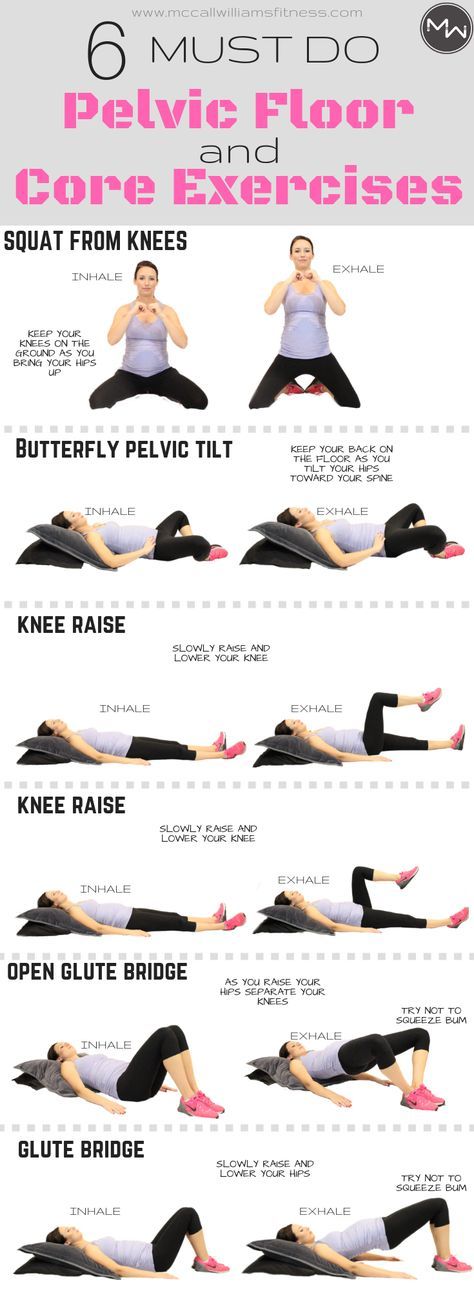 Stress can make chronic pelvic pain much worse.
Stress can make chronic pelvic pain much worse.
Reducing stress and changing thinking and behaviours related to pelvic pain can assist in treating pelvic pain.
Techniques to reduce stress and change unhelpful thoughts and behaviours include:
- Breathing and relaxation exercises
- Mindfulness training
- Counselling and training in cognitive behaviour therapy
- Prioritizing rest and sleep routines
If you live in Australia and have a chronic health condition you can access government subsidized treatment for psychology and counselling through an EPC (Enhanced Primary Care Program). This requires a referral from your doctor.
6. Bowel Management
Bladder and bowel problems commonly occur with pelvic floor muscle tension. Good bowel management is important for reducing muscle spasm associated with pain and straining.
Avoid straining to use your bowels and aim for the correct stool consistency which is a soft well formed stool.
Use the correct bowel emptying technique (shown below) to avoid straining and achieve a comfortable bowel movement.
Keep your stool soft and well formed so that it is easy to pass. Choose stool softener foods if your stool is too firm and causes you discomfort and straining.
Drink plenty of water to promote bowel movement and reduce the risk of constipation. Most women should aim for approximately 2 litres/day (67 ounces).
7. Correct Sitting Posture
- Minimize prolonged sitting by taking frequent rest breaks where you stand up and walk.
- Sit with good posture avoiding slumped posture which is known to increase pelvic tension. Good sitting posture involves maintaining the normal inward curve in the low back when sitting.
- Avoid sitting on round rubber rings which can increase pelvic floor strain.
- Use a quality pelvic support cushion can help to alleviate pelvic pressure and pain.
8. Manual Physiotherapy Treatment
A trained Pelvic Floor Physiotherapist may use specific methods to promote pelvic floor relaxation and to re-educate the correct activation of these muscles.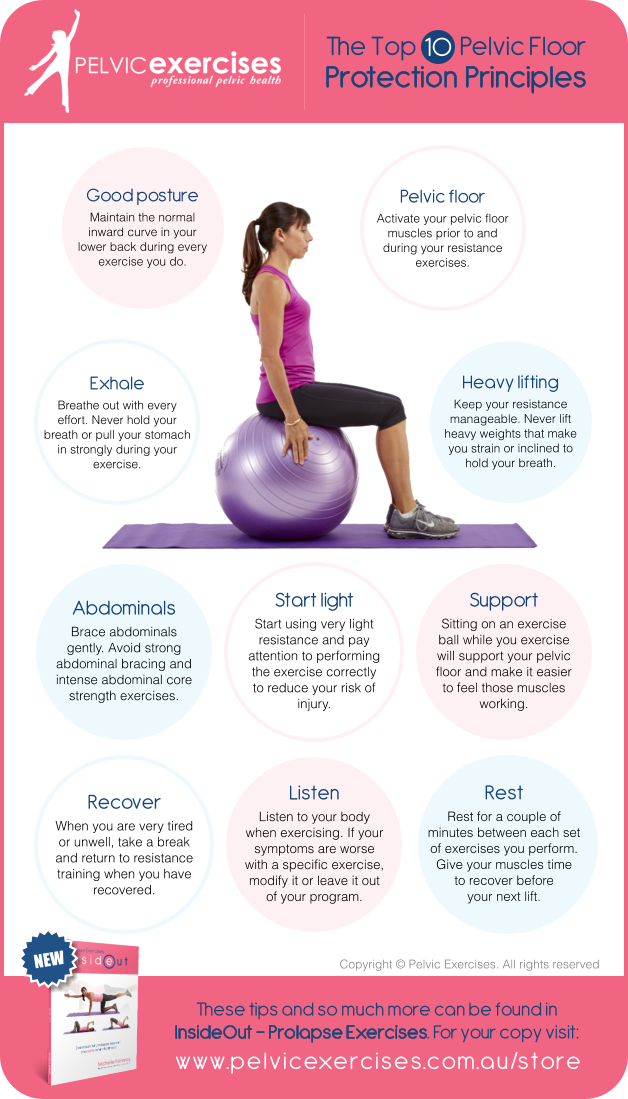 Pelvic floor physiotherapists are usually highly trained and skilled in manual therapy techniques for the pelvic floor.
Pelvic floor physiotherapists are usually highly trained and skilled in manual therapy techniques for the pelvic floor.
Treatment techniques are usually progressed gradually over time and may include:
- Desensitizing painful areas to touch (using physical touch or vaginal dilators)
- Pelvic floor stretches using digital resistance against these muscles
- Massage techniques
- Postural re education
- Biofeedback instruments which tell you about the activity of the pelvic floor muscles
- Treating coexisting conditions which may present along with pelvic floor spasm such as problems with pelvic joints, tailbone problems and/or lower back problems.
- Progressive strengthening of the pelvic floor muscles only when appropriate.
If you live in Australia and have a chronic health condition you may be able access government subsidized treatment for pelvic floor physiotherapy through an EPC (Enhanced Primary Care Program). This requires a referral from your doctor to a pelvic floor physiotherapist.
9. General Exercise
Overall strength and fitness can become decreased when living with chronic pain including pelvic pain.
It’s only natural that general exercise becomes low on the list of priorities when living with chronic pelvic pain and spasm through fear of exacerbating pain and fatigue.
Some researchers have suggested that some specific general exercises may play an important role in recovery from pelvic pain 4.
Appropriate pelvic floor friendly exercises may assist overall recovery by improving strength and fitness while avoiding exacerbation of pelvic floor conditions.
Exercises when living with pelvic floor spasm may include:
- Posture exercises
- Gentle muscle stretching of tight thigh and buttock muscles
- Progressive low impact fitness exercise such as gentle water walking
10. Multidisciplinary Team Approach
Pelvic floor physiotherapy rehabilitation is only one component of treating pelvic floor muscle tension.
A multidisciplinary team approach may be required in managing overactive pelvic floor muscles and pelvic pain including general practitioner, psychologist, pelvic floor physiotherapist, gynaecologist and dietician.
Some medical practices and hospitals offer a multidisciplinary team approach to managing pelvic spasm and pain.
Exercises to Avoid with Pelvic Floor Muscle Tension
Exercises and activities that load the pelvic floor can increase pelvic floor muscle tension and exacerbate pelvic pain.
Avoid Kegel exercises (pelvic floor exercises) when first diagnosed with pelvic floor spasm. Kegel exercises involve contracting the pelvic floor muscles and can exacerbate pelvic pain and muscle spasm.
These exercises and activities can increase pelvic floor muscle tension:
- Pelvic floor exercises (Kegel exercises)
- Intense core abdominal exercises
- Heavy lifting or heavy activity
- High impact exercise such as running
- Painful intercourse or painful vaginal penetration
- Prolonged sitting or standing
What is Pelvic Floor Muscle Tension?
Pelvic floor muscles contract and relax in the same way all skeletal muscles contract and relax.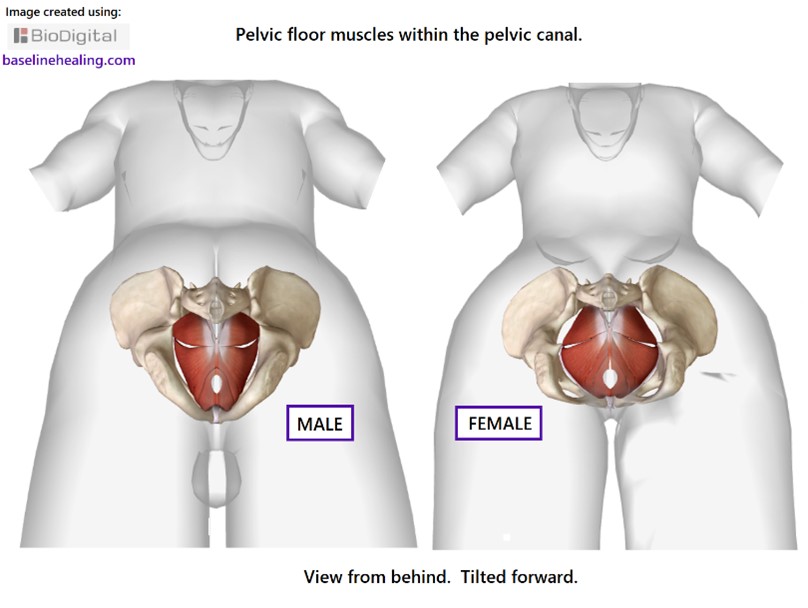
The muscles of the pelvic floor can become taut with spasm and overactive. Overactive pelvic floor muscles have increased tension and can’t fully relax, just like having very tight and painful neck muscles that won’t relax.
Pelvic pain associated with pelvic conditions such as endometriosis can cause involuntarily tightening of the pelvic floor muscles. This pattern often causes a cycle of ongoing pelvic pain and increased pelvic floor muscle tension or pelvic floor muscle spasm.
Gynecologists and physical therapists are seeing increasing numbers of women with pelvic pain associated with the inability to relax the pelvic floor muscles. Pelvic pain is often undiagnosed and inappropriately managed owing to the continued lack of understanding about this condition.
Causes of Pelvic Floor Muscle Spasm
Possible causes of pelvic floor spasm include:
- Overloading the pelvic floor muscles with too much pelvic floor exercise (Kegel exercise) and insufficient relaxation.
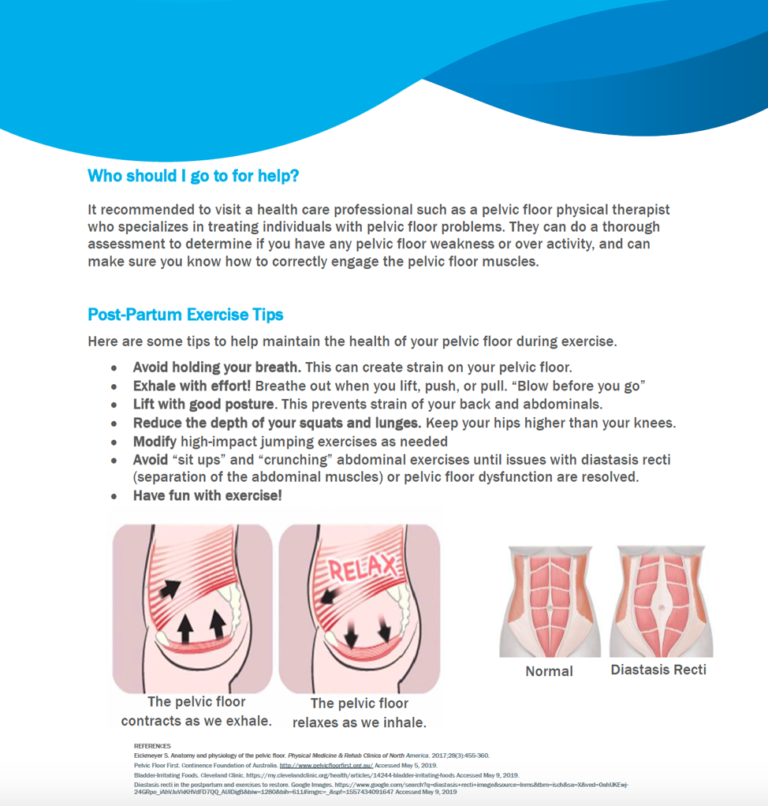
- Overtraining the abdominal muscles with potentially unsafe intense abdominal core exercises
- Pelvic surgery including prolapse surgery and hysterectomy
- Pelvic infection or inflammation
- Recurrent infection for example cystitis
- Pelvic pain conditions including interstitial cystitis or endometriosis
- Pelvic trauma
- Postural problems
- Mental and emotional factors including anxiety, catastrophizing and hyper vigilance3
Pain and pelvic floor muscle tension are interrelated however it currently remains unclear whether pelvic pain causes pelvic floor muscle spasm, or whether the spasm causes pain.
Signs and Symptoms of Pelvic Floor Muscle Tension
Pelvic floor muscle spasm can be associated with a wide range of possible signs and symptoms.
Bladder
Bladder signs and symptoms associated with pelvic floor spasm can include slow urine flow, difficulty commencing urination, inability to completely empty the bladder, interrupted urine flow and urinary urgency.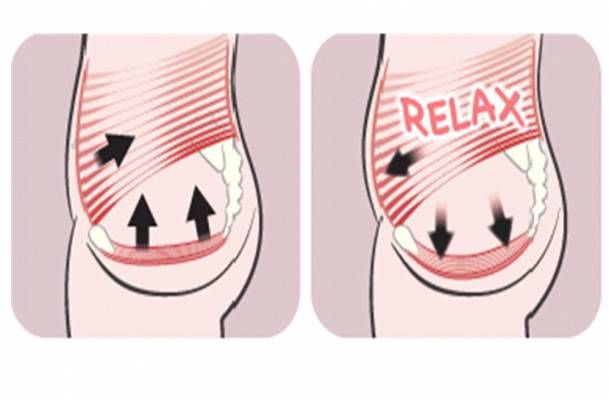 These signs and symptoms can result from insufficient pelvic floor muscle relaxation.
These signs and symptoms can result from insufficient pelvic floor muscle relaxation.
Bowel
Bowel signs and symptoms can include constipation, incomplete emptying of the stool, difficulty commencing bowel movement and straining throughout emptying. The straining associated with constipation can further increase pelvic floor pain and muscle tension. Additional bowel problems may develop with pelvic floor spasm for example rectal prolapse, hemorrhoids or anal fissure.
Sexual Dysfunction
Pelvic floor muscle tension can be associated with signs and symptoms during intercourse and penetration. Vaginismus is the term used to describe involunatary pelvic floor muscle spasm with the suggestion of vaginal penetration. This can can prevent sexual intercourse, insertion of tampons and gynecological examinations.
Sexual problems associated with overactive pelvic floor muscles can cause considerable emotional difficulty with stress, anxiety and relationship difficulties.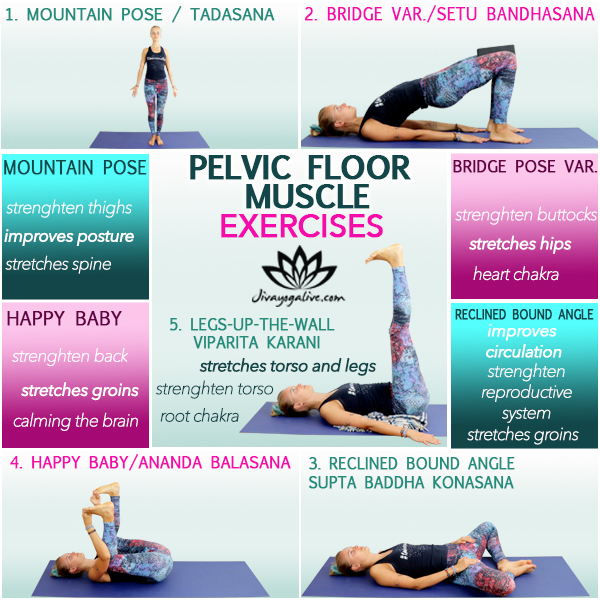
Chronic Pain
Physical discomfort associated with pelvic floor muscle tension presents differently in different women. Pain, ache or physical discomfort with pelvic spasm may present in any the following areas:
- low abdomen
- low back
- vagina
- anus
Ongoing pain can create added stress and anxiety further increasing muscle spasm and discomfort. This can establish a an ongoing cycle of increasing pain, spasm and pelvic floor dysfunction.
Pelvic Floor Muscle Weakness
Pelvic floor muscle weakness results from the pelvic floor muscles contracting constantly and becomeing fatigued as a result. Pelvic floor weakness then contributes to problems such as stress incontinence (involuntary leakage of urine with exercise or activity). The supportive function of the pelvic floor muscles may also be compromised, increasing the vulnerability to other pelvic floor problems such as vaginal prolapse.
Where to Access Treatment for Pelvic Floor Muscle Tension
If you suffer from pelvic floor muscle tension and pelvic pain, you can access professional treatment by speaking with a gynecologist or a qualified Pelvic Floor Physiotherapist.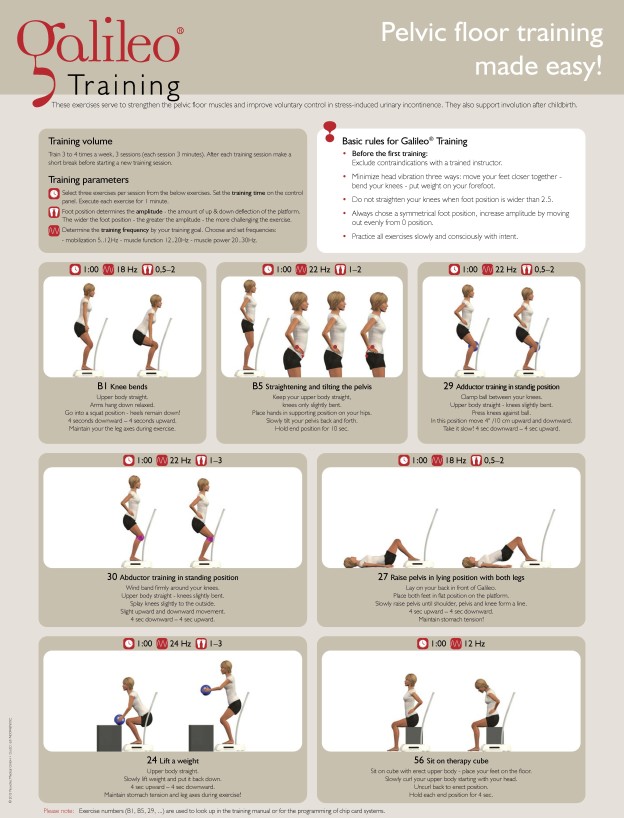 Urogynaecologists who are specialised in both bladder and vaginal problems are highly qualified to diagnose and manage pelvic floor muscle tension.
Urogynaecologists who are specialised in both bladder and vaginal problems are highly qualified to diagnose and manage pelvic floor muscle tension.
References
1. Dodi, G. Bogoni, F. et al. (1986) Hot or cold in anal pain? A study of the changes in internal anal sphincter pressure profiles. Diseases of the Colon and Rectum 29(4):248-251.
2. Shelly B, Knight, S. et. al. (2002) Pelvic Pain ch 23-27. Therapeutic Management of Incontinence and Pelvic Pain, J. Laycok and J Haslam. London, Springer-Verlag: 156-189.
3. Bergeron, S. Morin, M. and Lord, M. (2010) Integrating pelvic floor rehabilitation and cognitive-behavioural therapy for sexual pain: What have we learned and were do we go from here? Sexual and Relationship Therapy. Vol 25(3):289-298.
4. Fitzgerald M. and Kotarinos R. (2003) Rehabilitation of the short pelvic floor. II: treatment of the patient with the short pelvic floor. International Urogynaecology Journal and Pelvic Floor Dysfunction 14 (4): 269-275.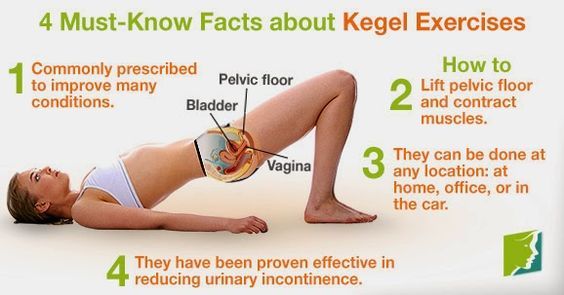
Filed Under: Pelvic Floor Exercises, Prolapse Tagged With: pelvic floor muscle tension, pelvic floor muscles, pelvic floor relaxation, pelvic floor relaxation video, pelvic floor spasm, pelvic pain, prolapse surgery, vaginal dilators
Pelvic floor exercises (Kegel exercises) for men
ShareTime to read: Approximately 2 min.
This information will help you learn how to do pelvic floor exercises (Kegel exercises).
back to top of pageAbout Kegel Exercises
The main purpose of Kegel exercises is to help you strengthen your pelvic floor muscles. These muscles support your bladder and intestines.
With Kegel exercises you can:
- Control or prevent urinary incontinence. Incontinence is the leakage of urine and stool (feces) that you cannot control.
- strengthen your sexual health.
About the pelvic floor muscles
The pelvic floor muscles line the pelvic cavity and support the pelvic organs (see figure 1).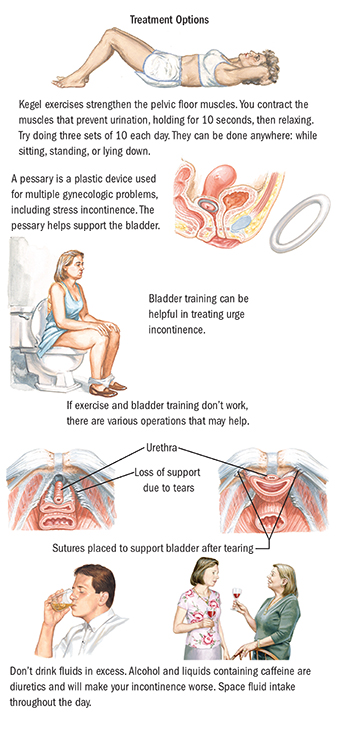 These are the muscles that relax during urination (when you go to the toilet in a small way) and during passing gases or bowel movements (when you go to the toilet in a big way). You also use these muscles to hold urine and prevent leakage.
These are the muscles that relax during urination (when you go to the toilet in a small way) and during passing gases or bowel movements (when you go to the toilet in a big way). You also use these muscles to hold urine and prevent leakage.
Figure 1 Pelvic floor muscles
Pelvic Floor Muscle Test
Pelvic floor muscles must be checked before performing Kegel exercises. Think about what muscles you use to interrupt the stream of urine when urinating, concentrate on them. Don't do this often, as stopping the flow of urine every time you urinate can be harmful.
back to top of pageHow to Do Kegel Exercises
Make sure you urinate to keep your bladder empty before doing Kegel exercises.
When you're ready, start doing the following:
- To begin, pull in your pelvic floor muscles and hold for 5 seconds. To do this, imagine that you are pulling in and lifting the genitals.
- Do not hold your breath. Counting out loud will keep you from holding your breath.
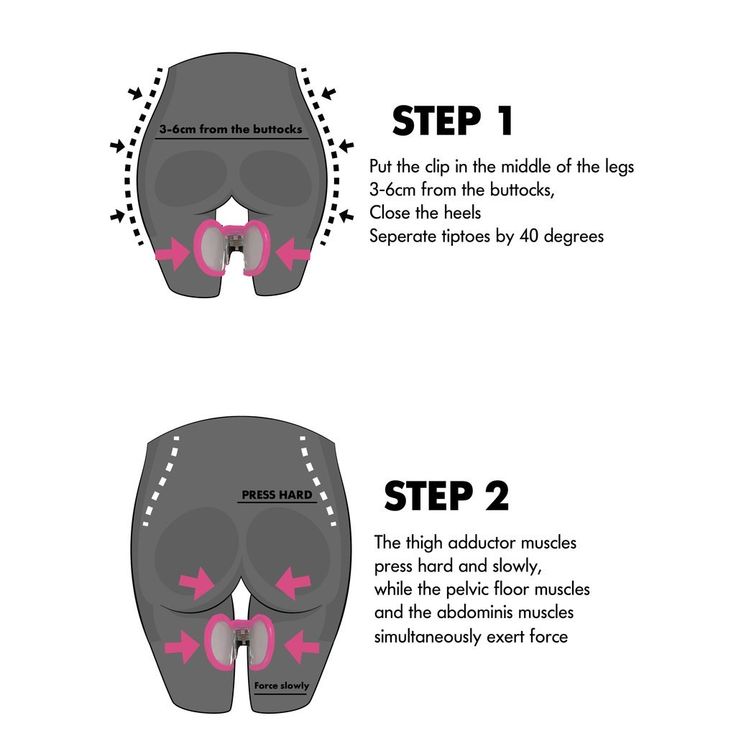
- Do not hold your breath. Counting out loud will keep you from holding your breath.
- After 5 seconds, slowly and completely relax the muscles, holding them in this state for 5 seconds.
- Repeat the exercise 10 times and do it at least 3 times daily.
Your pelvic floor muscles may become tired during this exercise. In this case, stop doing the exercise and start it later.
This exercise does not involve the abdominal muscles, legs or buttocks. Exercising these muscles will not help you regain urinary control or improve your sexual health.
As you continue with these exercises, gradually increase the amount of time the pelvic floor muscles are contracted and relaxed. Start with 5 seconds and gradually build up the time each week until you reach 10 seconds.
back to top of pageWhen to do Kegel exercises
Most people prefer to do Kegel exercises while lying in bed or sitting in a chair. They can be done in any position convenient for you. Doing Kegel exercises while standing can be very helpful, as urine leakage usually occurs in this position.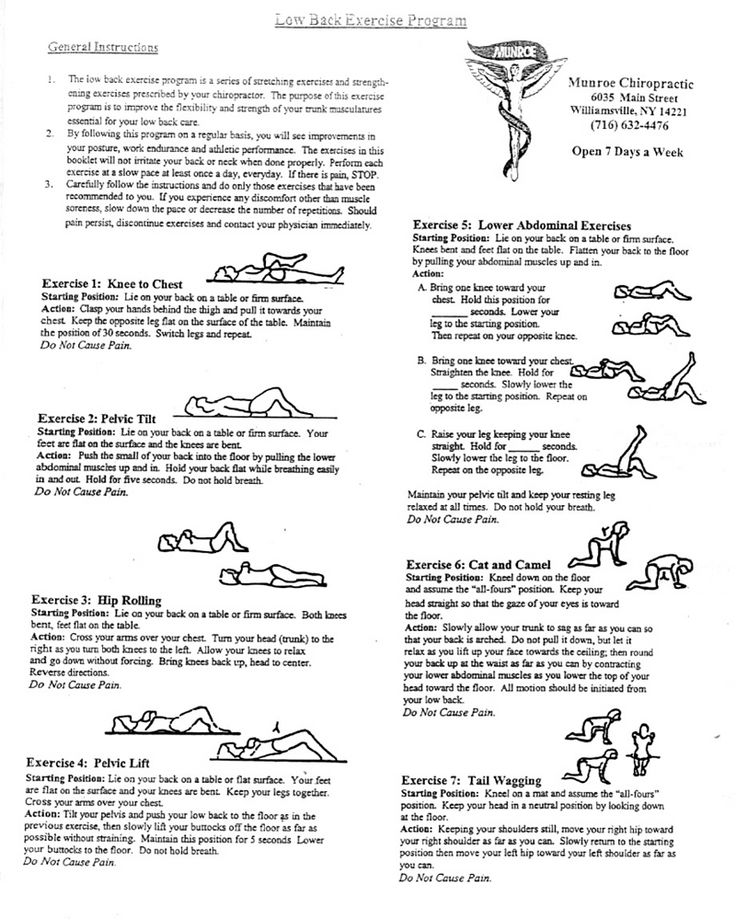
To prevent leakage of urine, try a Kegel exercise before you:
- stand up;
- walk;
- go to the toilet;
- to sneeze or cough;
- laugh.
Doing these exercises will help you strengthen your pelvic floor muscles and reduce urine leakage.
Do not do Kegel exercises if you have a Foley catheter (thin, flexible tube) in place.
Pain and Kegel exercises
Kegel exercises should not cause pain. Many find them simple and relaxing. But if you use the wrong muscles when doing them, you may experience discomfort.
- If you experience pain in your back or abdomen after doing Kegel exercises, you may be using your abdominal or back muscles instead of your pelvic floor muscles.
- If you have a headache after doing Kegel exercises, you may be tightening your chest muscles and holding your breath.
When should you contact your healthcare provider?
Call your healthcare provider if:
- concern about bowel, bladder or sexual function;
- difficulty concentrating on pelvic floor muscles;
- pain when doing Kegel exercises;
- difficulty doing Kegel exercises;
- pelvic pain;
- questions requiring referral to a pelvic physiotherapist.
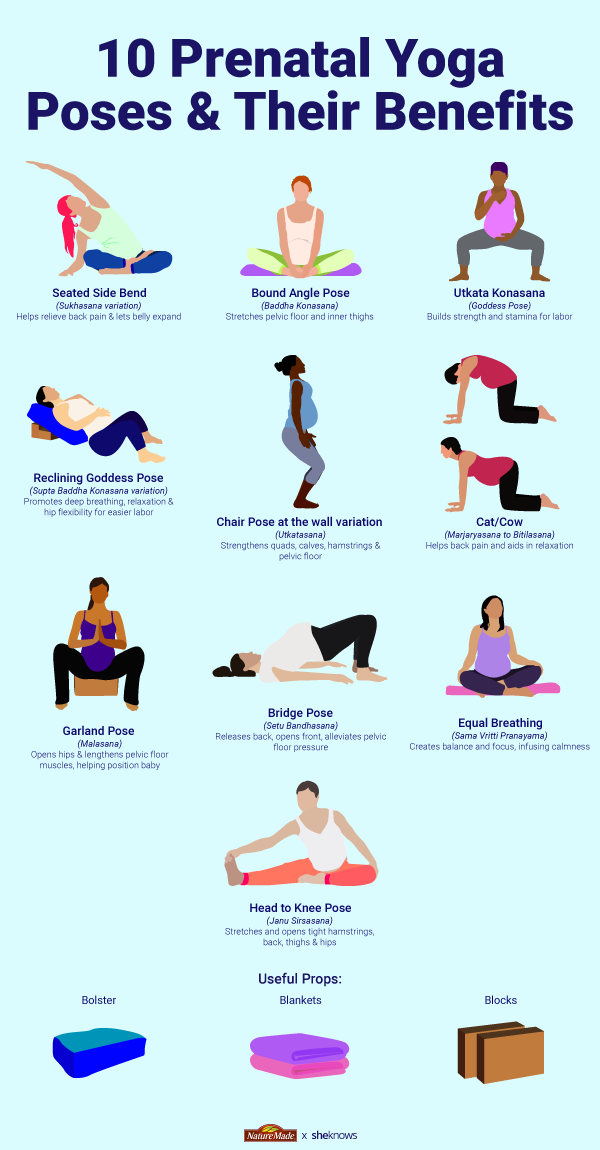
You must have JavaScript enabled to use this form.
Share your opinion
Give us your feedback
Your feedback will help us improve the information we provide to patients and caregivers.
Questions
| Questions | Yes | To some extent | No |
|---|---|---|---|
| Was this information easy for you to understand? | Yes | To some extent | No |
What should be explained in more detail?
Home - Seni
Home - Seni- Seni Club
- Where to buy
- Request a free sample
- Contacts
- Change country
- menu
Urological pads for women with mild to moderate urinary incontinence
More details
Urological pads for women with mild to moderate urinary incontinence
Urological inserts for men with mild to moderate urinary incontinence
More details
Urological inserts for men with mild to moderate urinary incontinence
A wide range of absorbent products for people in need of reliable protection.
More
A wide range of absorbent products for people who need reliable protection.
Absorbent briefs
Absorbent briefs for active people who need comfortable protection.
More
Absorbent briefs for active people who need comfortable protection.
skin care
Cosmetics for daily skin care
More details
Cosmetics for daily skin care
A well-chosen product not only ensures the comfort of the person who uses it, but also avoids unnecessary costs.
Find product
It is important to choose the correct size of the product. An incorrectly selected size can lead not only to leakage, but even harm to health. Use the special "form" to select the correct size.